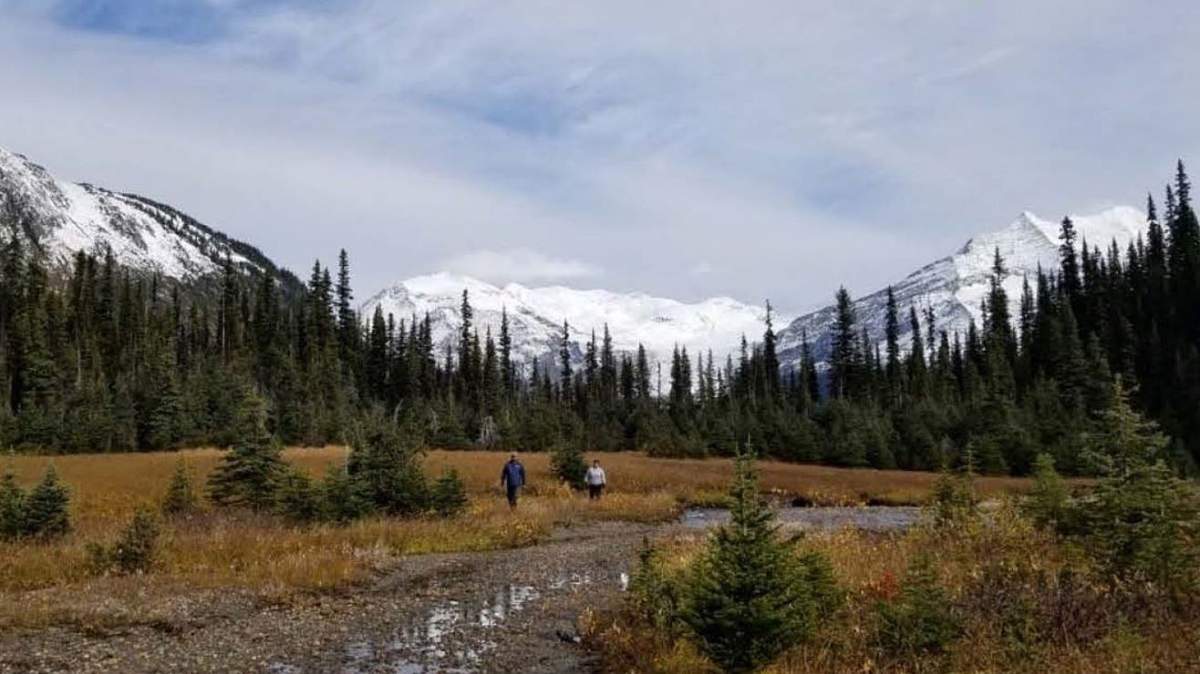A First Nation in B.C.’s Interior has declared a sizeable section of land near the Alberta border as a protected area.

On its Facebook page, Simpcw First Nation announced that it declared the Raush Valley an Indigenous protected and conserved area (IPCA).
Also known as Riviere Au Shuswap, the valley is located in the Rocky Mountains, near Mount Robson Park, and part of it is already protected by BC Parks.
“This self-declaration is made based on the inherent rights and jurisdiction that Simpcw has over Simpcwul’ecw, our unceded territory, as the decision-makers and stewards of the (land),” the First Nation said in its release.
“Designating the Raush Valley as an IPCA is a commitment to Simpcw’s intentions to conserve this biodiverse valley, and to protect (the Simpcw peoples’) traditional and ongoing use of the area.”
According to BC Parks, the Lower Raush protected area is 1,279 hectares (3,160 acres), while the Upper Raush measures an estimated 5,582 hectares (13,793 acres).
BC Parks says the two are close to one another but are distinctly separate areas. The provincial agency says both are relatively pristine watersheds and that there is no road access or facilities.

The two areas combine for 6,861 hectares (16,953 acres). However, the Fraser Headwaters Alliance says the Raush River watershed is approximately 100,000 hectares (247,105 acres) in size.
“Ecologically, the Raush watershed is incredibly diverse, with ecosystems ranging from high-elevation Engelmann spruce-subalpine fir forests, to low-elevation stands of cedar and hemlock, to rich valley bottom wetlands,” the Fraser Headwaters Alliance says on its website.

Get daily National news
The First Nation’s chief says the Raush Valley is a long-term commitment to conserving lands and waters for future generations.
The IPCA is, tentatively, around 51,000 hectares.

“The Raush is important to Simpcwemc historically and, currently, we will exercise our rights to control and what happens in this valley,” said George Lampreau. “The area has had little resource development and we intend to conserve it.”
He continued, saying, “Protecting the Raush as an IPCA allows us to continue to (take care of the land) as we have for time immemorial.”
Global News has reached out to the B.C. government for comment.

“We respect and acknowledge the efforts of First Nations, like the Simpcw, to protect ecosystems within their territories and care for the water, land, animals, and other natural resources that their communities have relied on for millennia,” said the Ministry of Water, Land and Resource Stewardship.
The ministry says it’s committed to working together with First Nations on a co-managed approach to land and resource management.
“Where possible, our preferred approach is for Indigenous-led stewardship interests, such as IPCAs, to be addressed through government-to-government collaborative processes like modernized land use planning,” said the ministry.
“This ensures that economic, environmental, social, and cultural values are considered, that collaborative processes can be built with First Nations and that robust engagement can be undertaken with stakeholders, local government, and the public.”

The ministry also said “the declaration by Simpcw does not result in a change to current provincial land-use status, but does indicate an opportunity for Simpcw and the province to continue to engage on long-term stewardship of the area.
“We look forward to continuing to explore land use and stewardship with Simpcw First Nation for the Rausch Valley including managing for important values.”









Comments